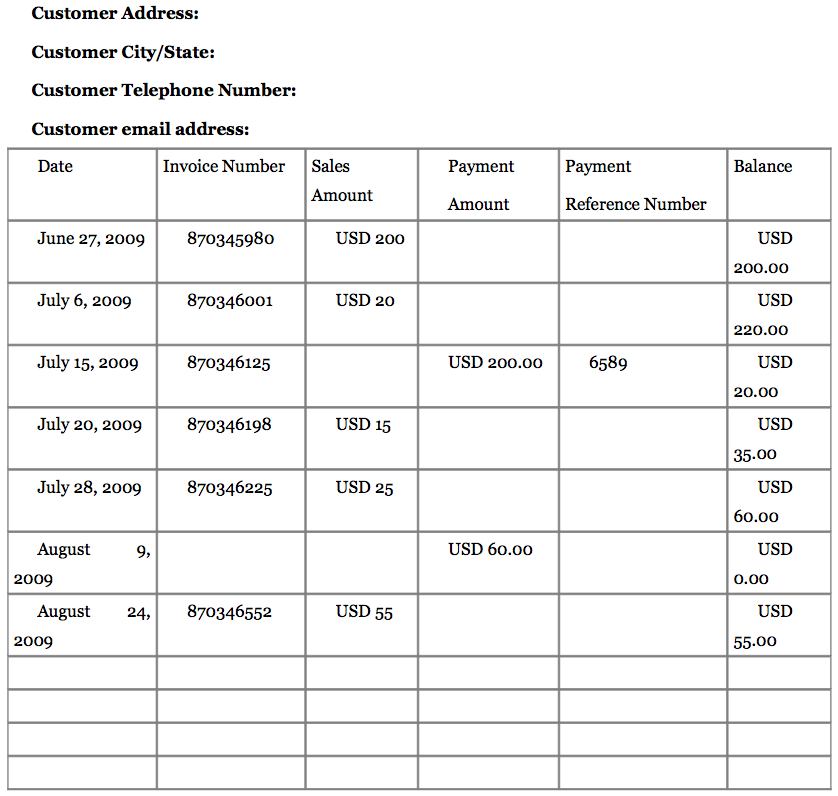| << Chapter < Page | Chapter >> Page > |
Business Fundamentals was developed by the Global Text Project, which is working to create open-content electronictextbooks that are freely available on the website http://globaltext.terry.uga.edu. Distribution is also possible viapaper, CD, DVD, and via this collaboration, through Connexions. The goal is to make textbooks available to the manywho cannot afford them. For more information on getting involved with the Global Text Project or Connexions email us atdrexel@uga.edu and dcwill@cnx.org.
Editor: Donald J McCubbrey (Daniels College of Business, University of Denver, USA)
Reviewer: Roger K Baer (CPA, LLC; and Former Partner, Arthur Andersen&Co., USA)
The version quoted above states that debits and credits must be entered into a ledger , so it is important that you understand what this term means, as it may be new to you. As you will see from some of the additional sources we quote, oftentimes journal and ledger are used to describe the same thing.
So, what is a ledger? A ledger is simply a collection of the accounts of your business where transactions are recorded using the double-entry bookkeeping method. If you are operating with a completely manual system, your ledgers (you will have more than one, as discussed in a moment) are on paper, usually in a bound volume pre-printed in a special way to accommodate the recording of transactions. If you are using a pre-coded application software package on a PC for your accounting system, your ledgers will be on the computer.
Most organizations operate with two types of ledgers, the General Ledger and one or more subsidiary ledgers. The General Ledger contains a minimum of one page for each account in the chart of accounts . According to one authoritative source:
It is also known as G/L and The Final Book of Entry. It is a collection of all balance sheet, income, and expense accounts used to keep the accounting records of a company. A General Ledger is a perpetual record of the activity and balances of the accounts. Each company has only one General Ledger ( [link] )
However, some accounts, like accounts receivable or accounts payable, are comprised of the sum of a number of individual amounts. Let us look at accounts receivable as an example. Suppose we have a balance (i.e. total) amount of USD 3,250 in our accounts receivable account in the General Ledger. Remember, accounts receivable are amounts our customers owe us. Therefore, the USD 3,250 balance we have in our accounts receivable is the sum total of amounts owed to us by several individual customers. For the sake of convenience, we keep a subsidiary ledger of individual accounts receivable as illustrated in [link] below.

The Accounts Receivable Subsidiary Ledger has one page for each customer who has earned the right to be extended credit, and is expected pay off their outstanding balance each month. The sum of the customer balances in the Accounts Receivable Subsidiary Ledger must equal the Accounts Receivable balance in the company’s General Ledger.

Notification Switch
Would you like to follow the 'Business fundamentals' conversation and receive update notifications?